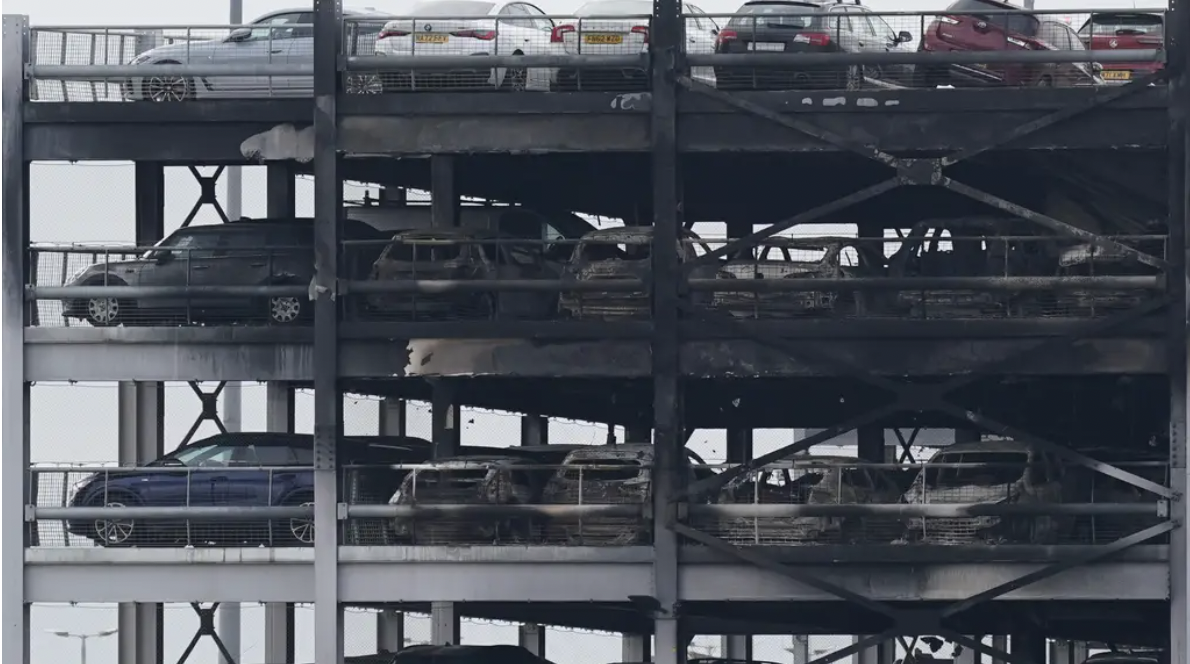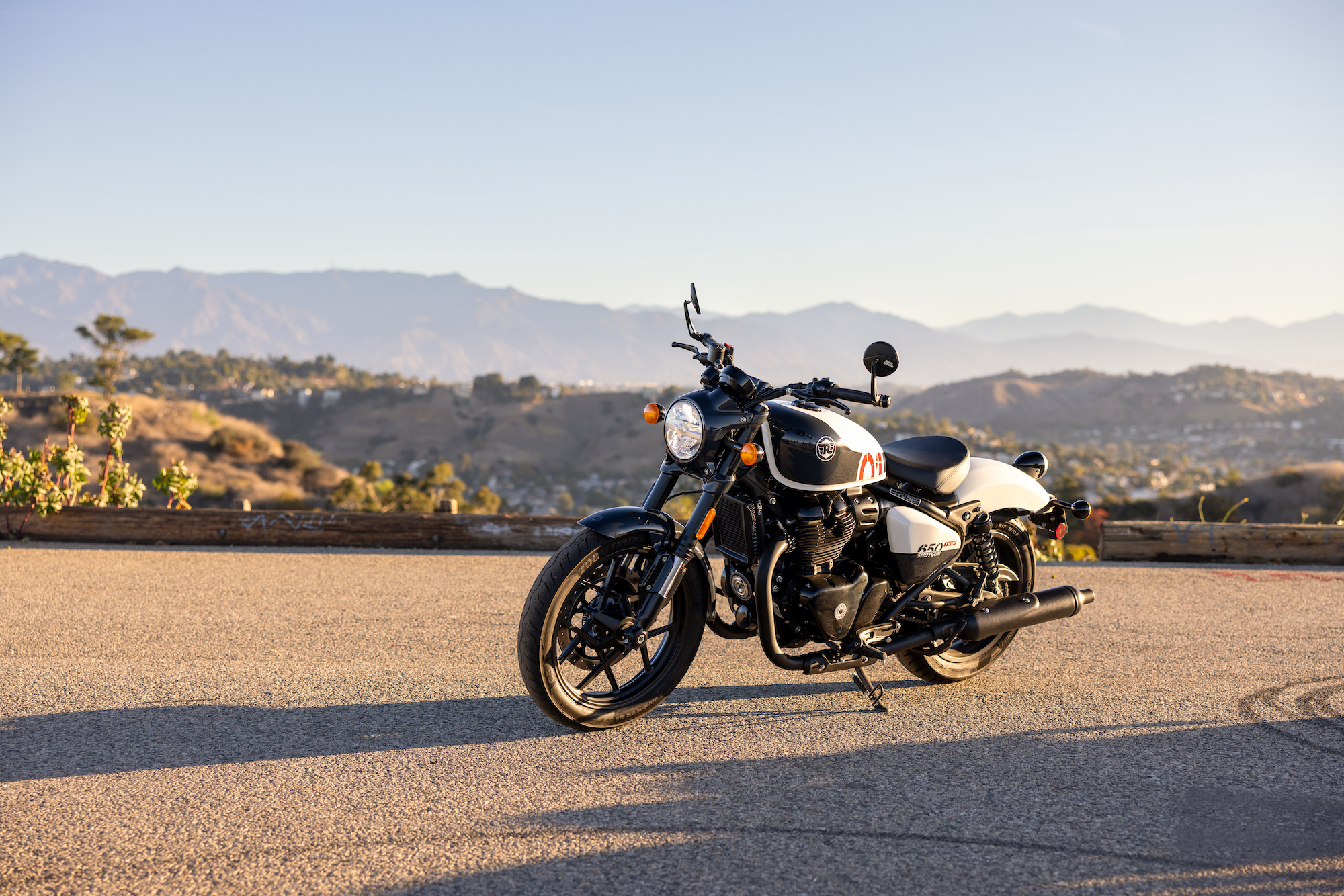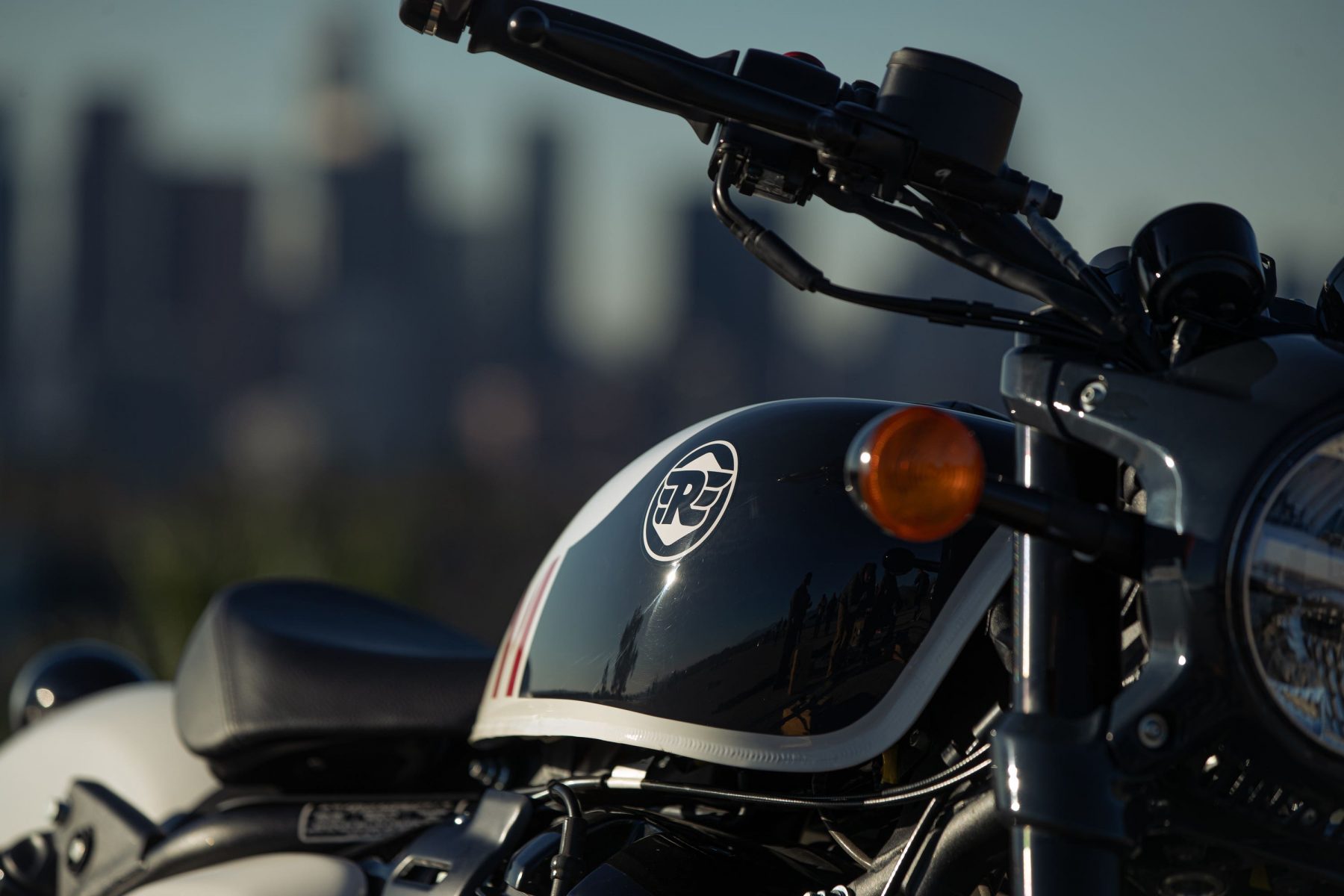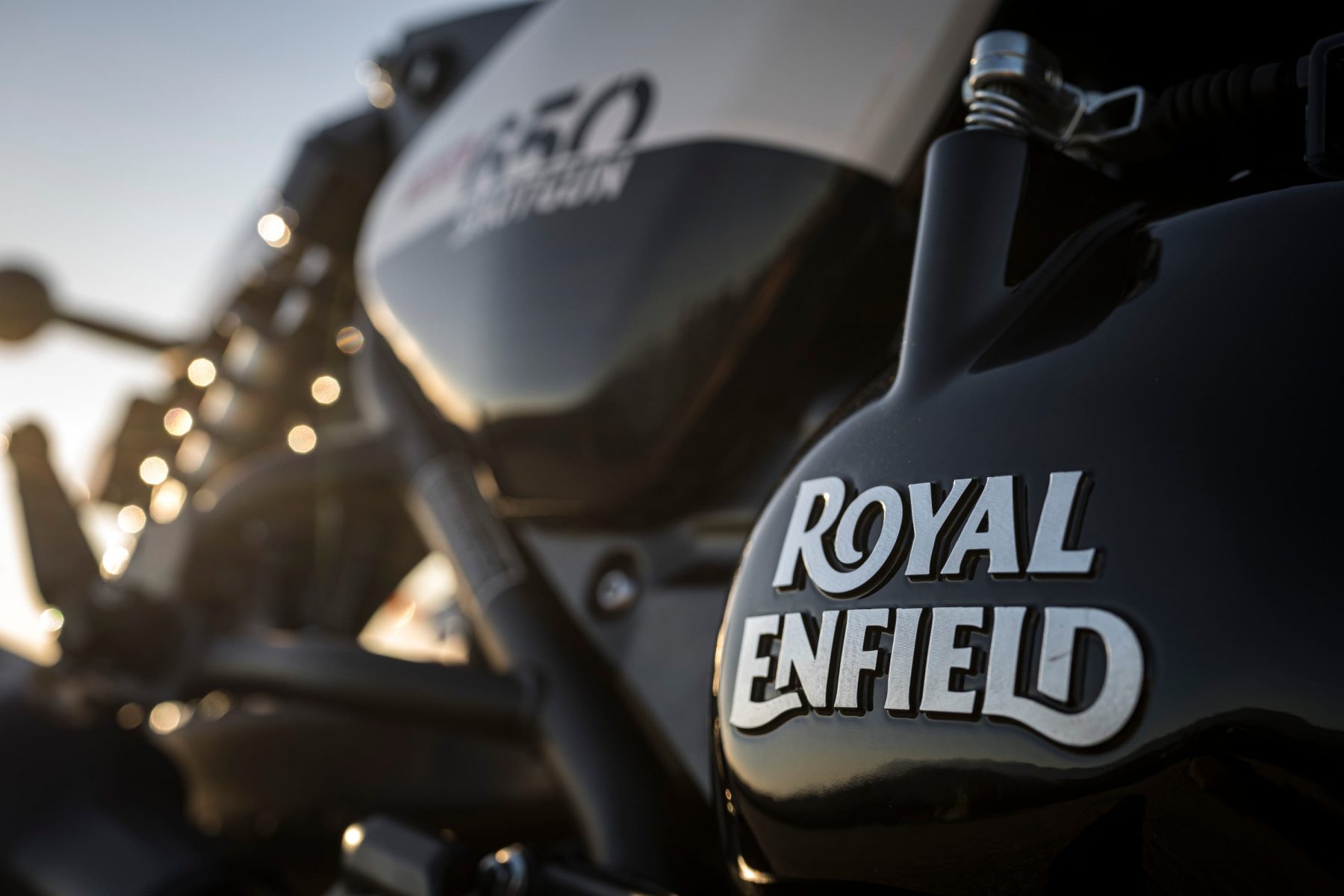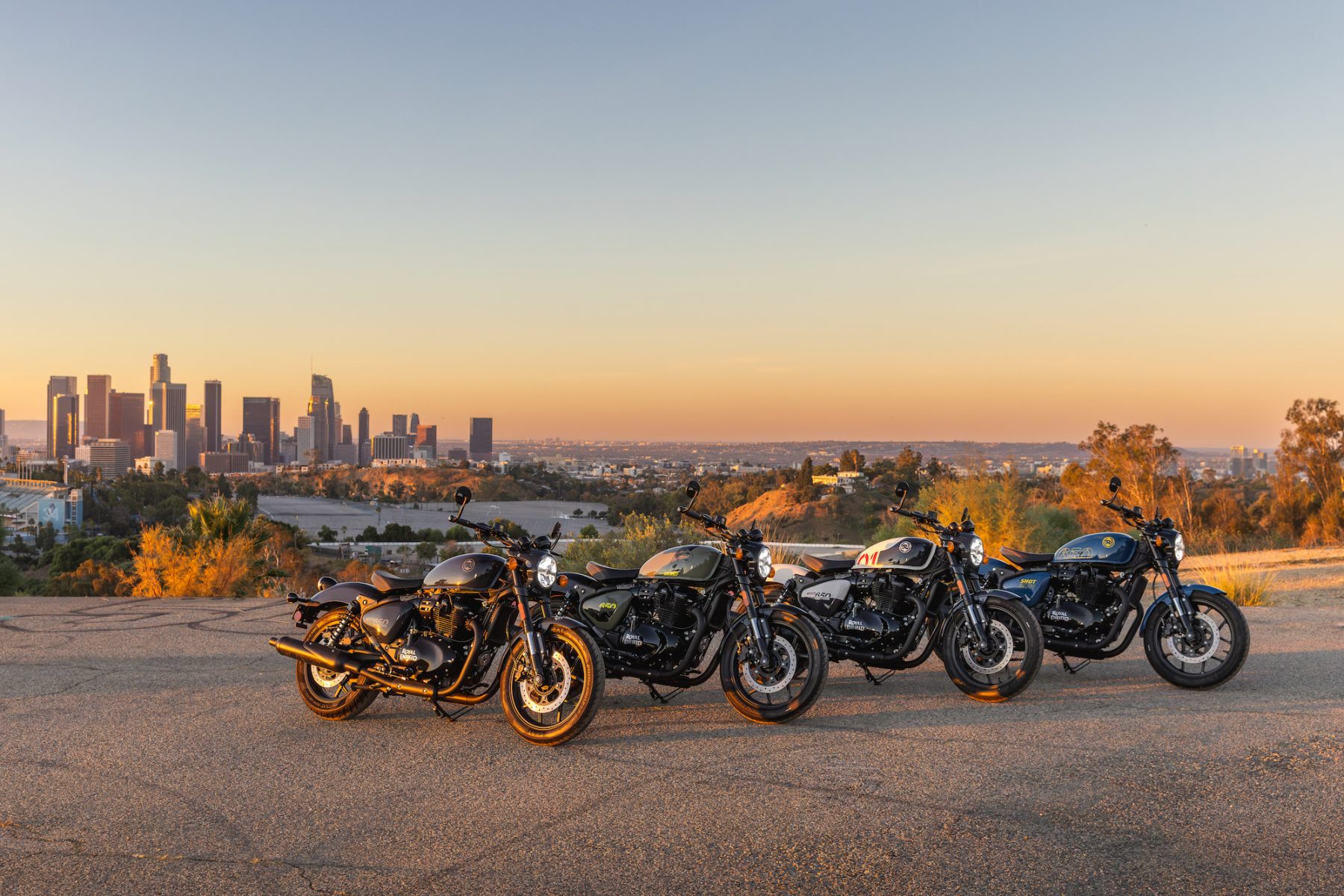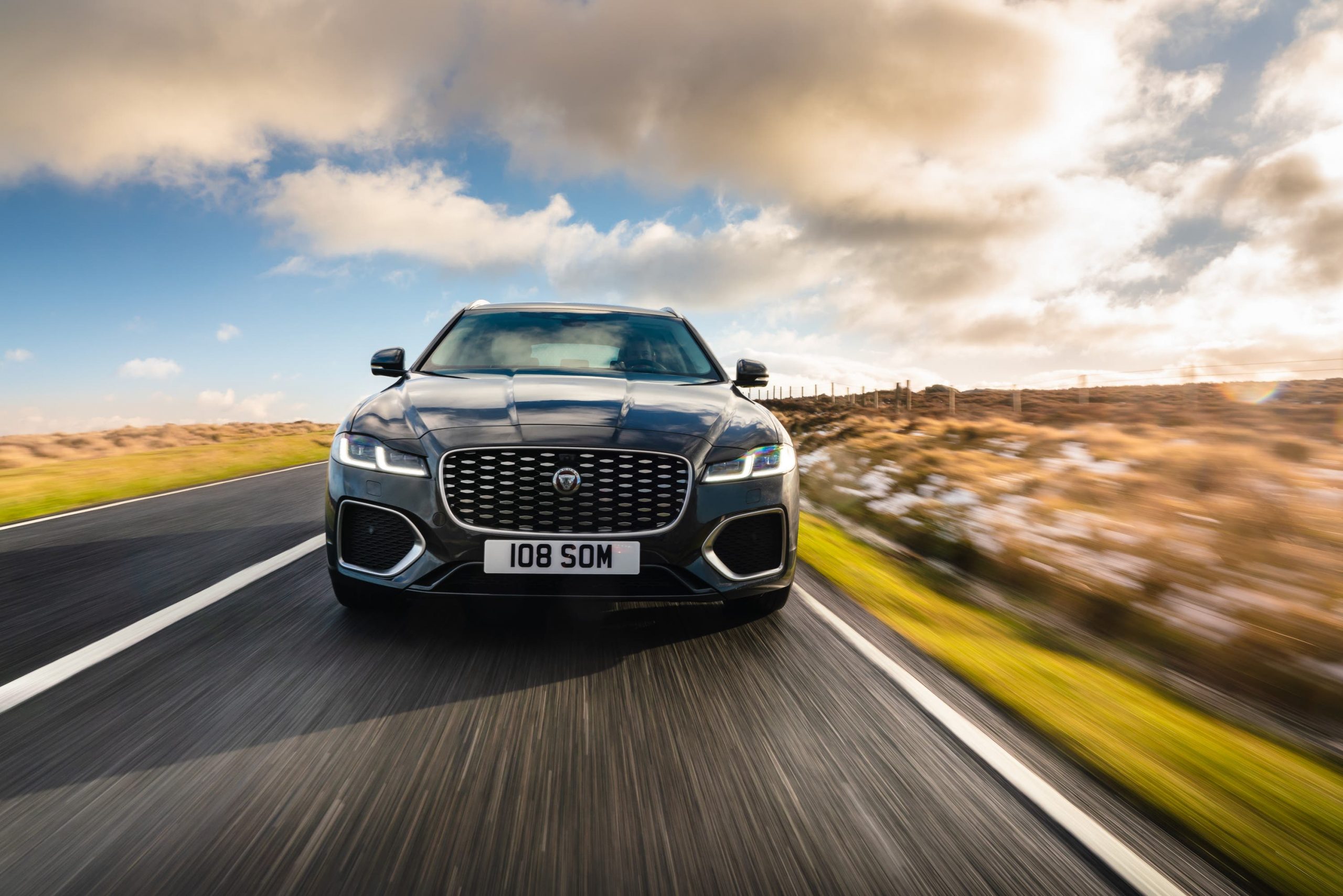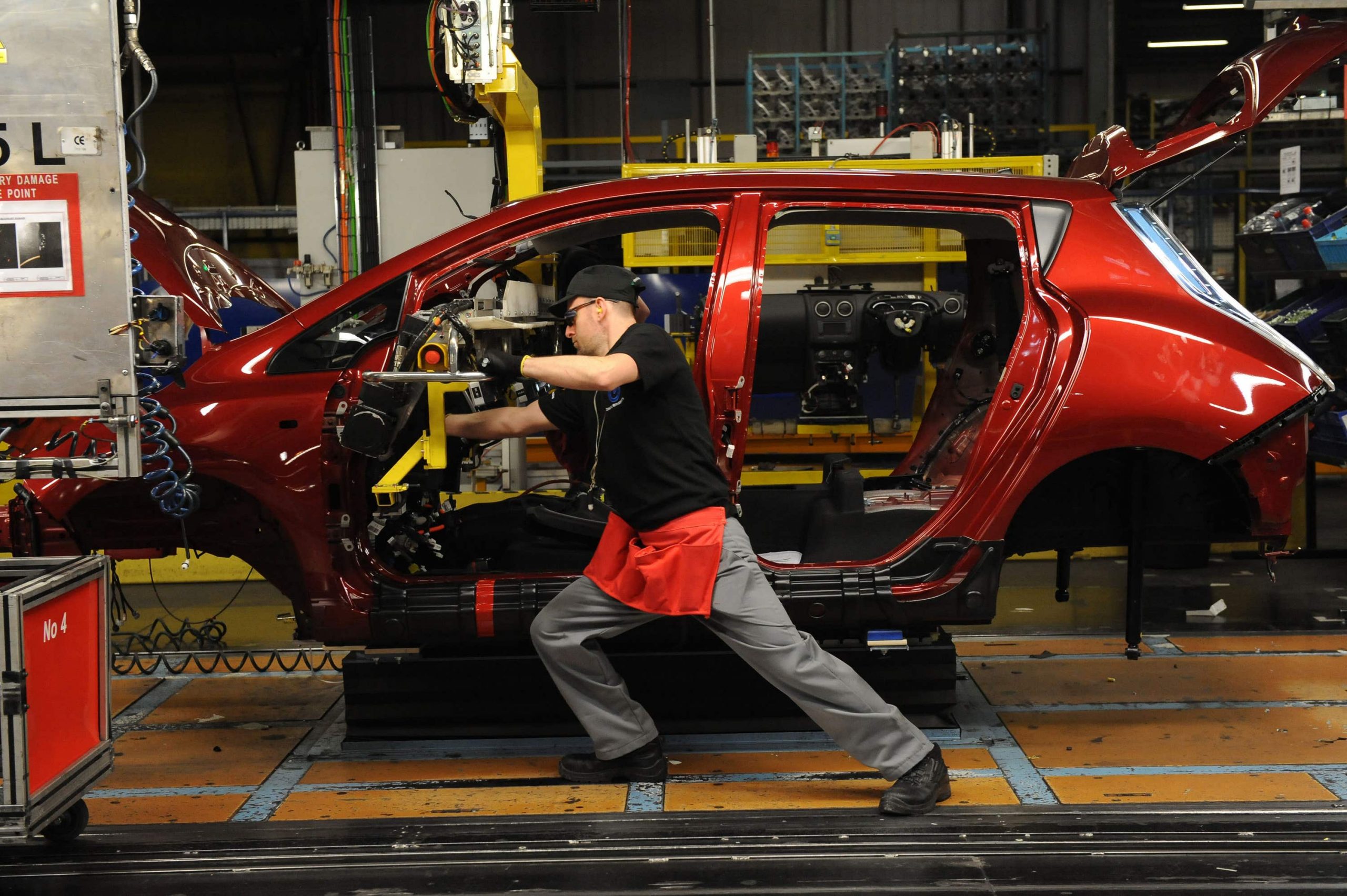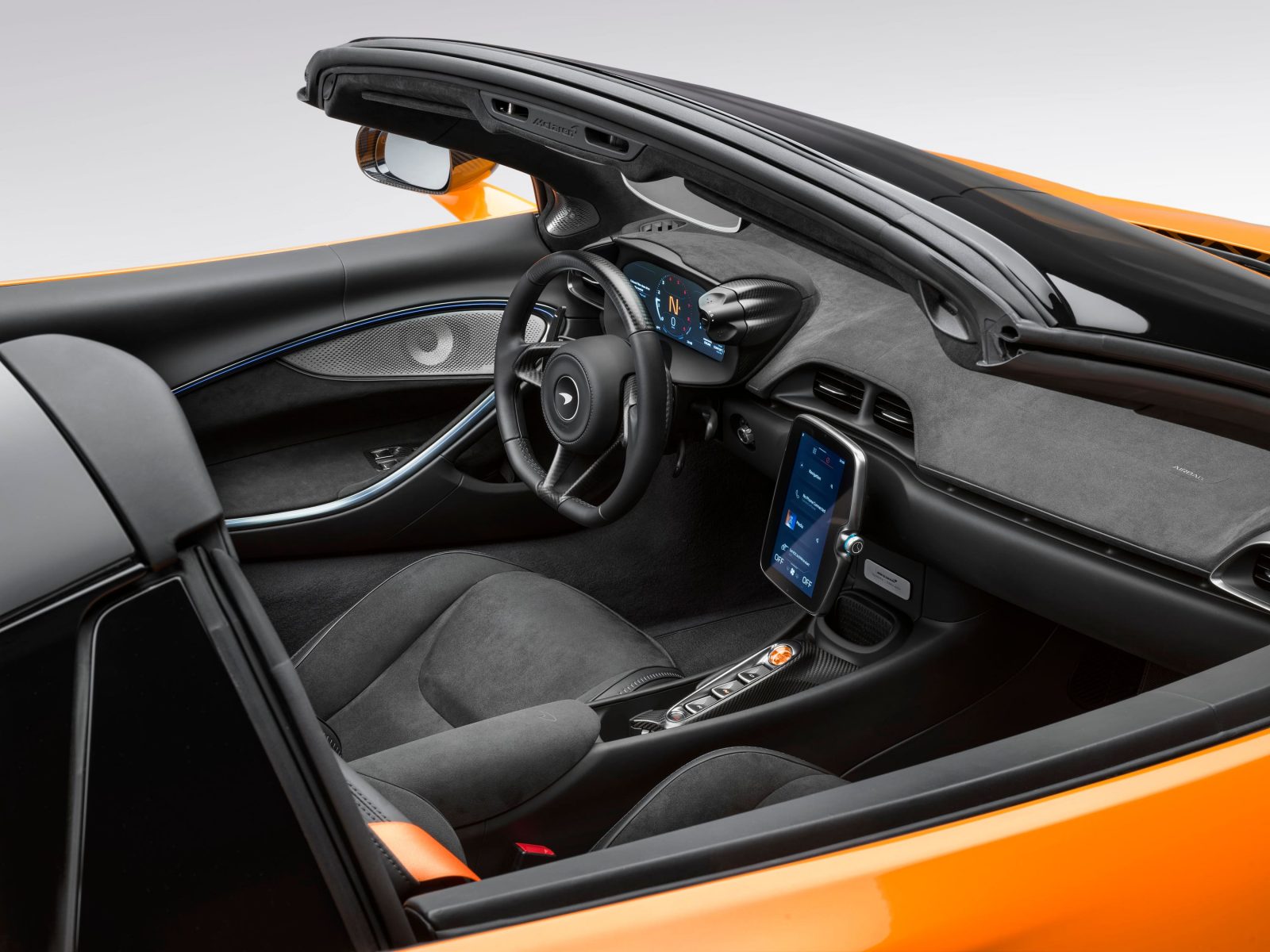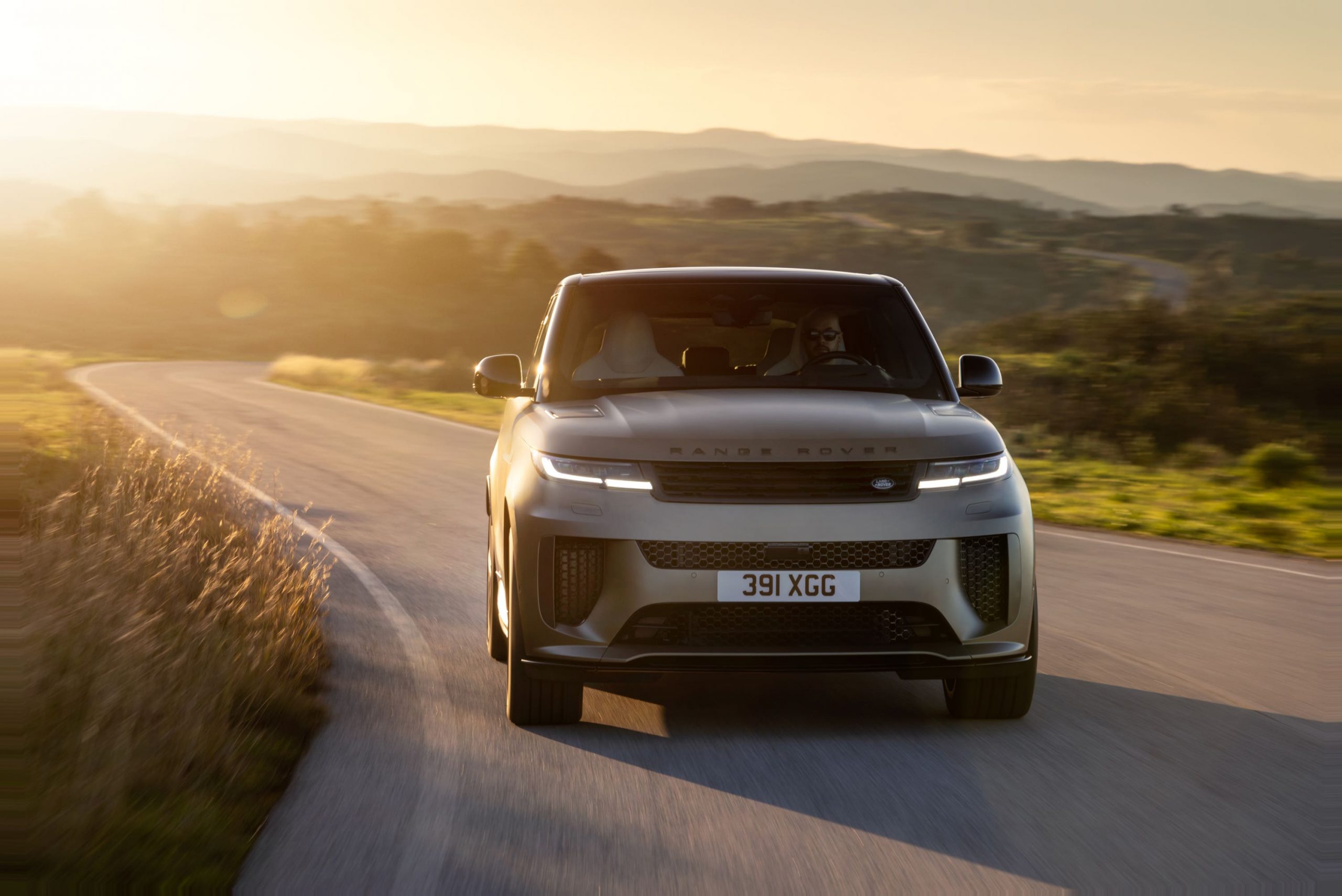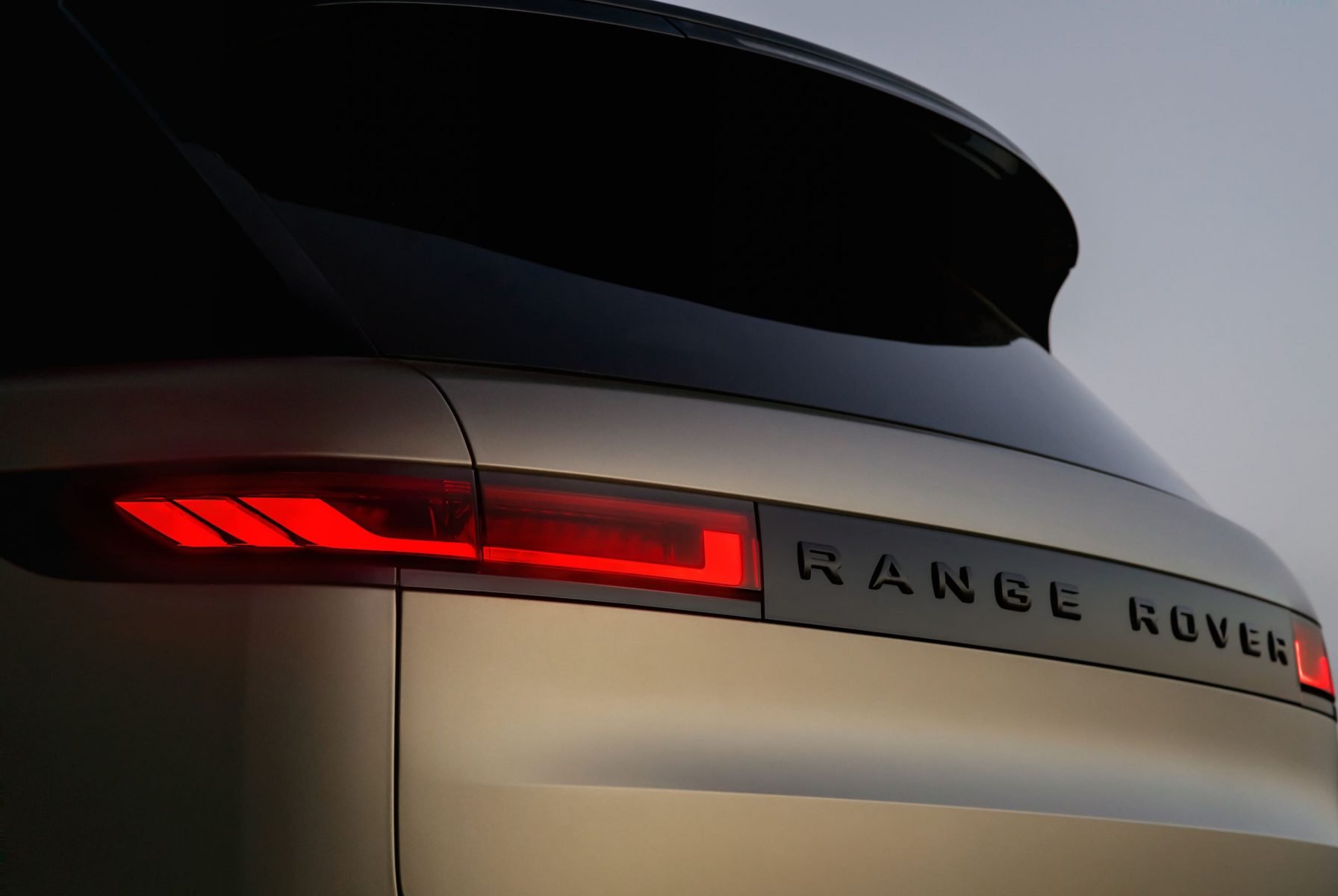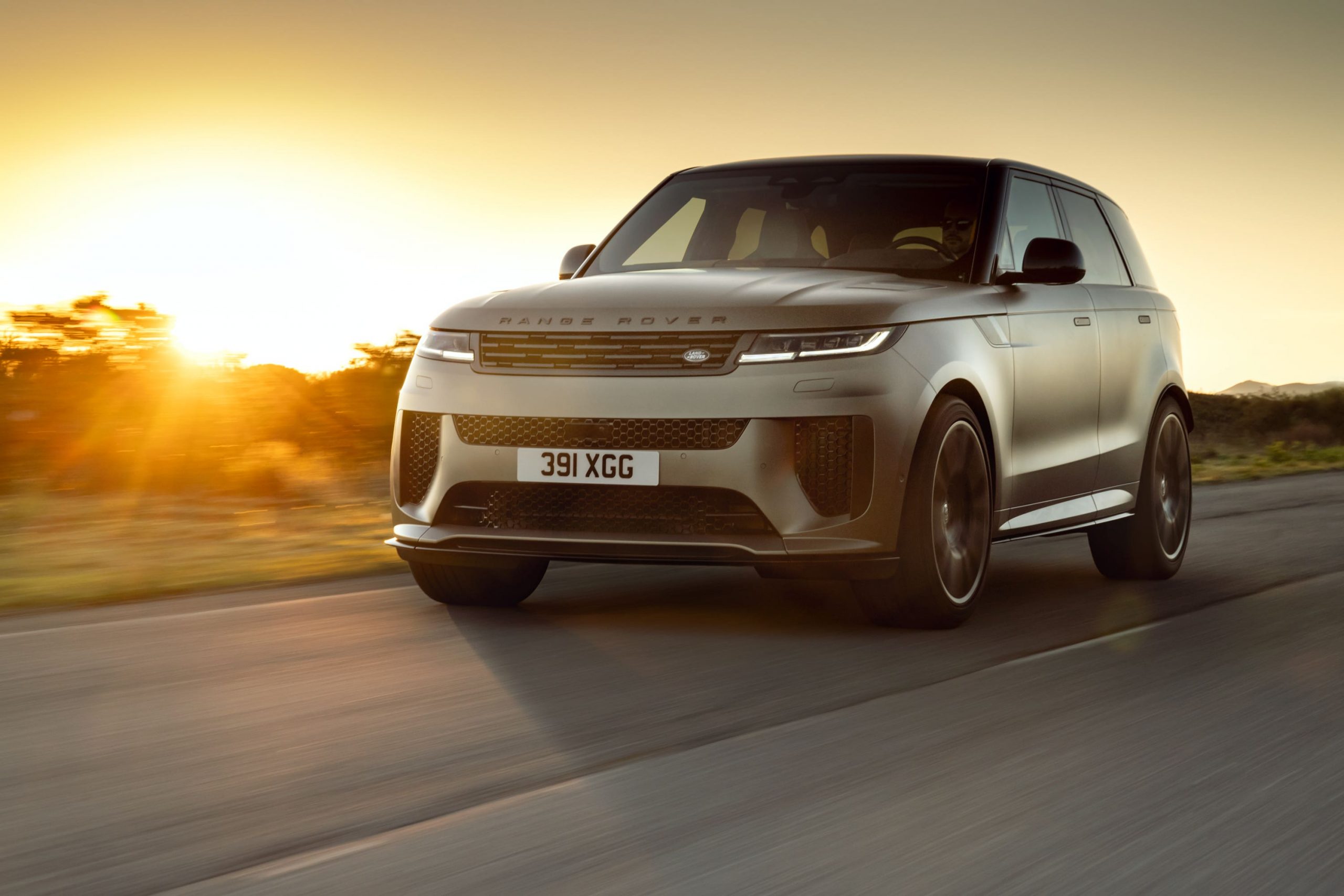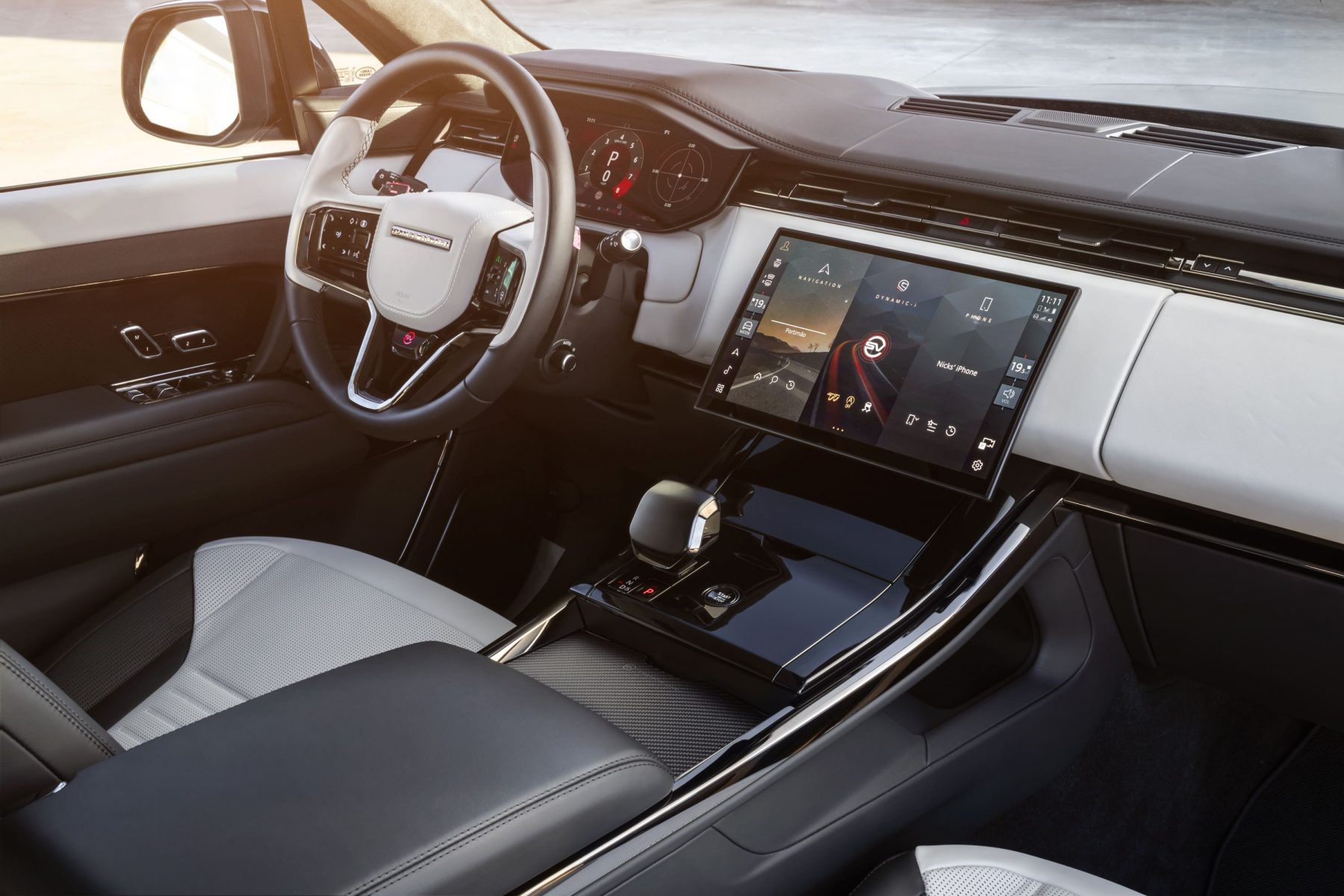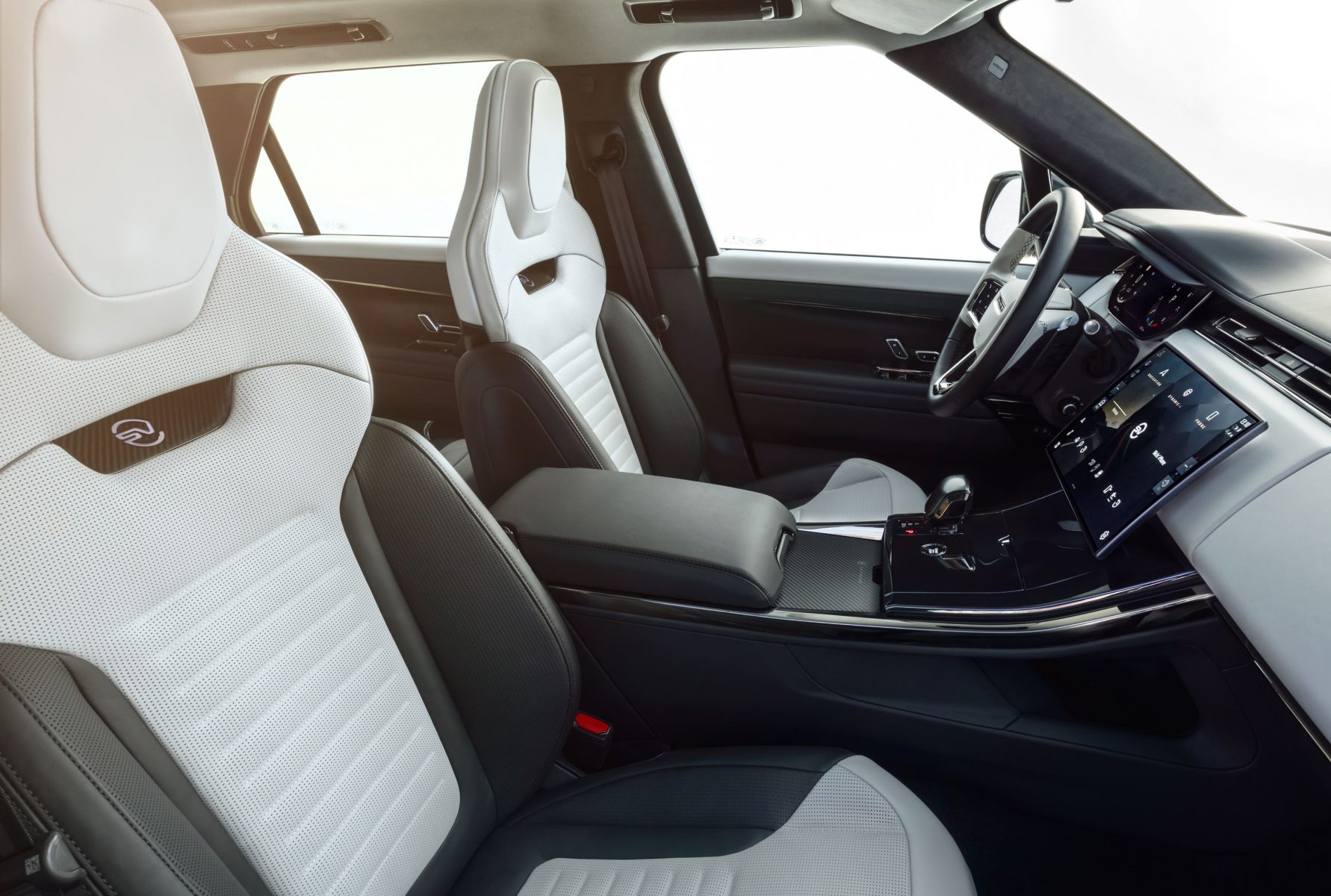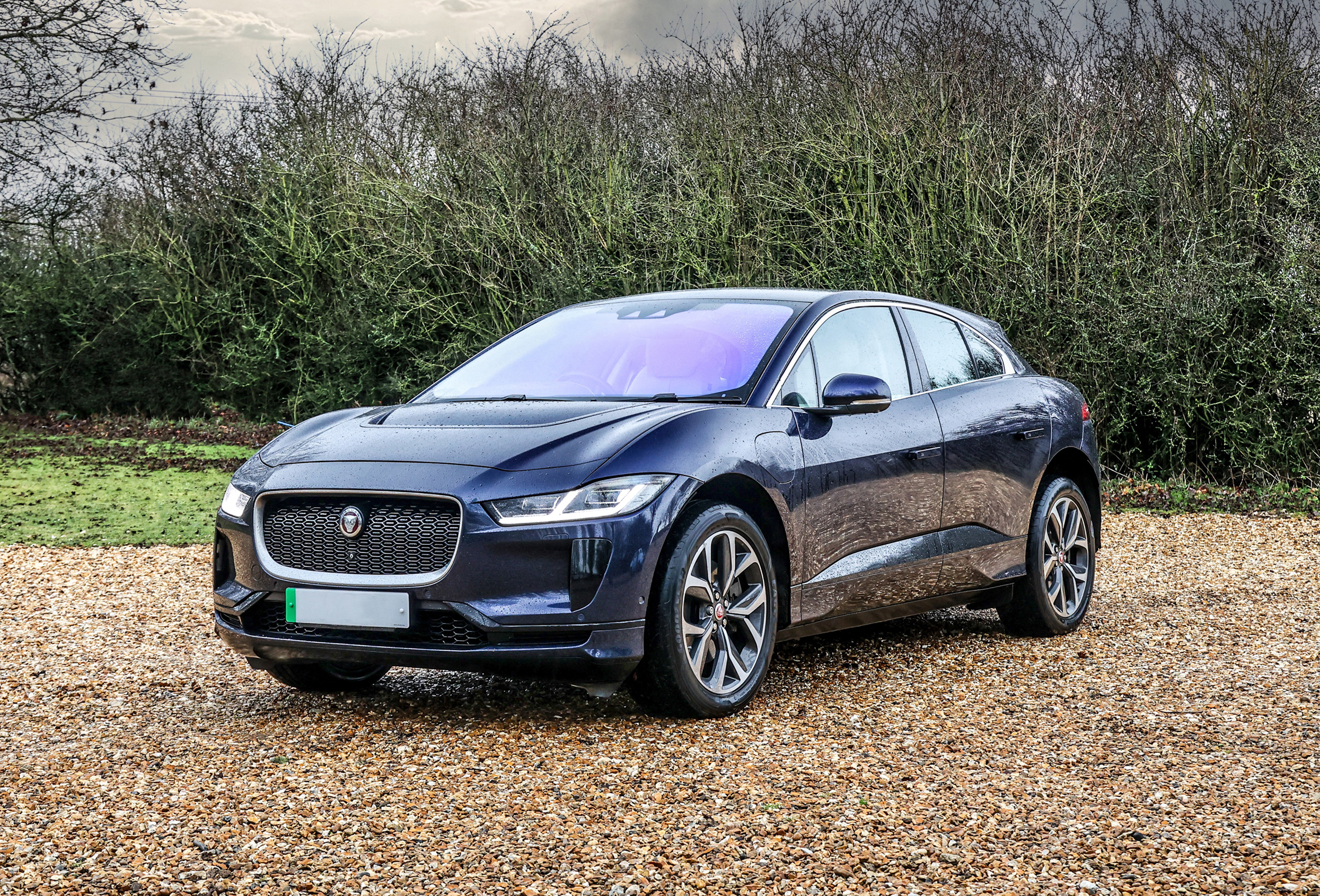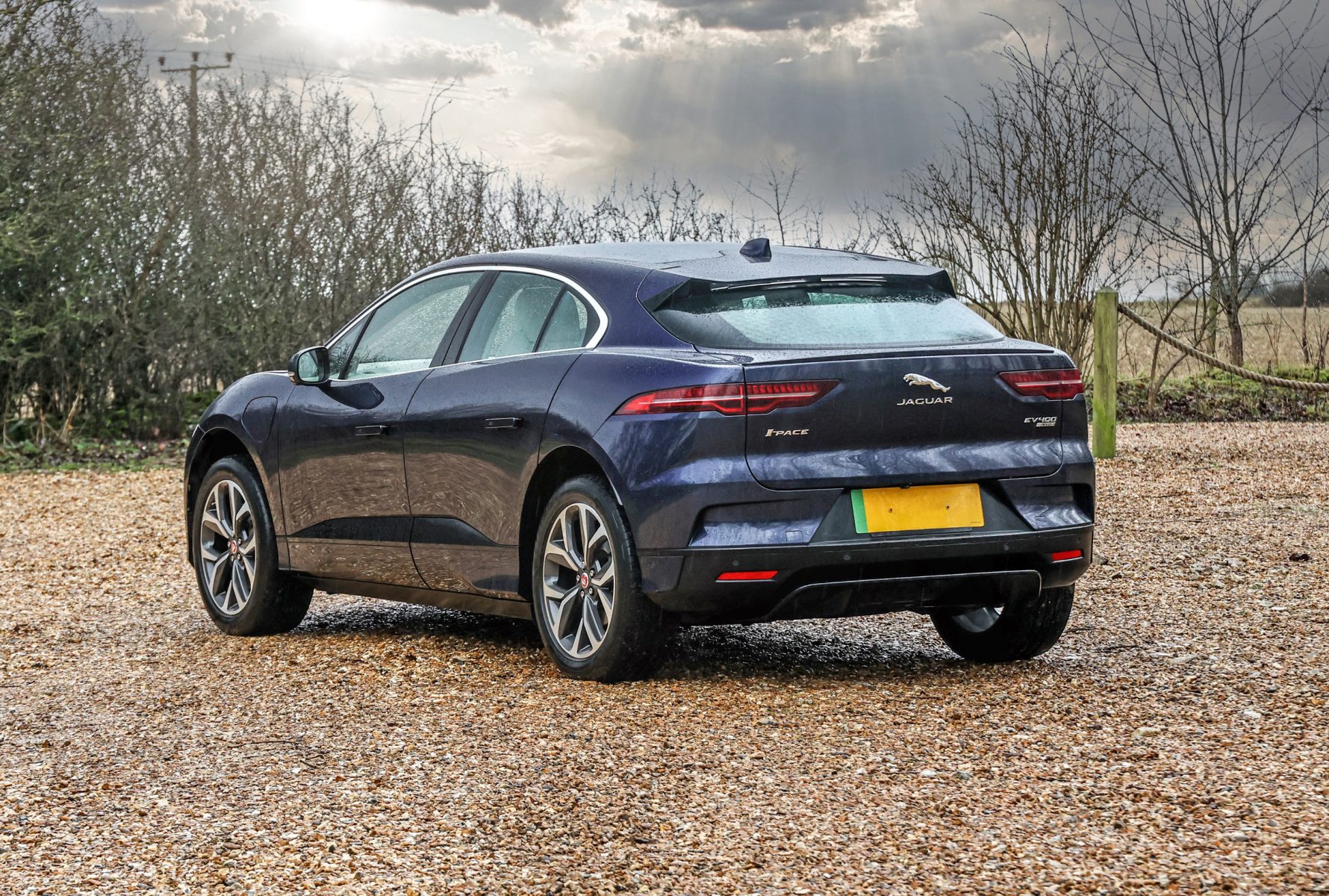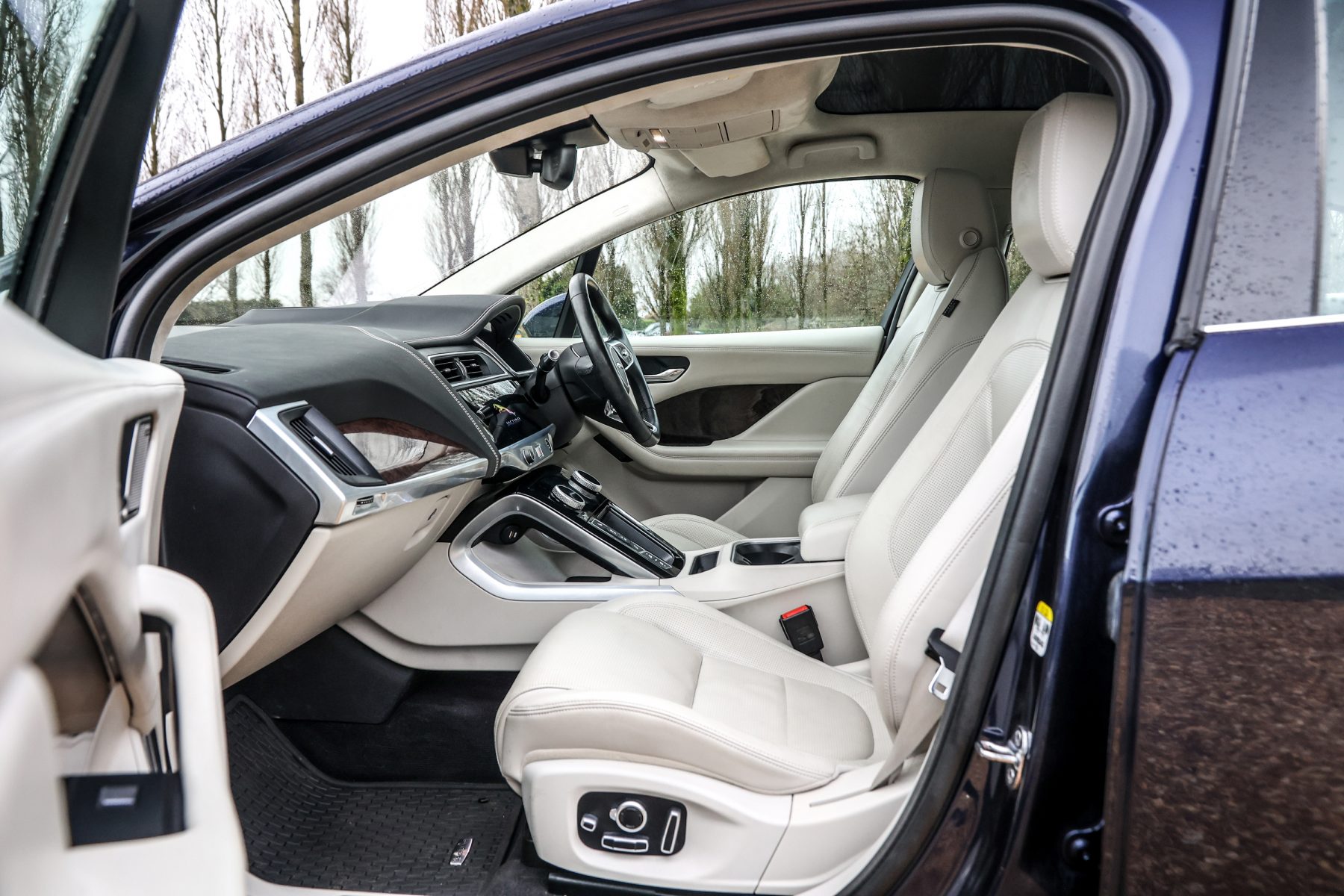Electricity makes the world go around. Our energy demand is ever-increasing and with the rising numbers of electric vehicles on our roads, finding sustainable ways of getting power from the plug is more important than ever.
A possible solution lies in Morocco. Here, at the Noor Power Station – just outside Ouarzazate – lies the largest solar complex in the world with enough sun-catching power to keep cities such as Marrakesh and Casablanca running. Noor, which is Arabic for ‘light’, is made up of a series of areas, but one of the most striking is Noor 3. Here, hundreds of solar panels – each called a heliostat and the size of a squash court – track the sun and reflect its rays up to the top of a 242-metre-tall tower. At this point, the energy is focused into an area filled with molten salt which is, in turn, used to boil water, producing steam which then drives turbines. Hey presto, energy.
And back down to the ground, we’ve got Skoda’s latest Enyaq hooked up to this solar-produced power. Why? Well, to see whether or not electric vehicles are any good at road-tripping, we’re taking this Czech firm’s core EV on a bit of a road trip.

With a fully topped up battery courtesy of that burning ball in the sky, the Enyaq is detached from its tether and we set off towards our first destination – a desert camp, right on the edge of the Sahara desert. It’s over four hours of driving but, as with all things in Morocco, it’s not a straight shot and takes in some winding, challenging lanes and some serious descents as well.
The first impression you get driving out here is just how good the road surface is. In the UK, we’ve become quite accustomed to a more lunar-like driving surface, but our route takes in some buttery-smooth asphalt which is undisturbed by frosts or heavy rain. Under the wheels of the Enyaq it’s beautifully flat and allows us to make steady progress. The first two hours while away and, before long, we’re stopping for a coffee and an eye-scratchingly sweet local cake in Zagora.
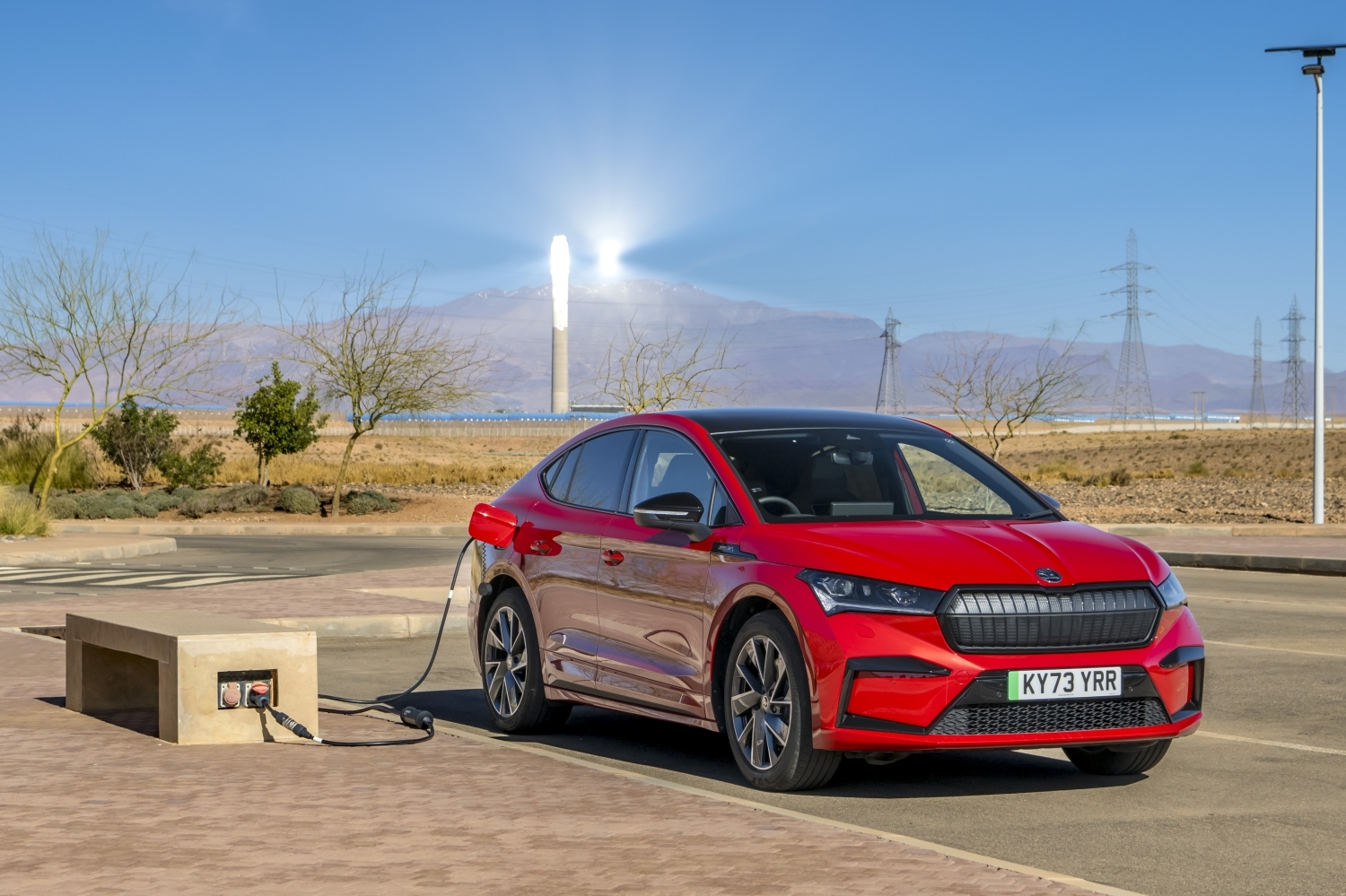
As the sun begins to get heavier in the sky and move towards the horizon, we reach the end of the Sahara. It’s a mystical place and it’s not hard to become swept up in thoughts of the adventurous, nomadic stories that you’ve always heard about this uncompromising place. The Enyaq scurries through the loose sand happily, with the readily available torque and ‘traction’ driving mode helping to get us through some deeper sections, though it never feels out of its depth.
With the stars glistening above, the Enyaq is plugged into a charger very close by, ensuring that we’ve got full batteries for the next day of travel. We also get to chat with Renske Cox and Maarten van Pel, two Dutch explorers who went from the Netherlands to South Africa in their own Enyaq, using solar panels to help them charge up on the way, topping up for a full day and then driving the other.
Their adventure-beaten Enyaq was present and correct alongside our slightly more cosmetically perfect versions the following morning as Cox and van Pel carefully laid out their solar panels to draw in the start of the sun as it crept into the sky. They were driving back to the Netherlands, too, which made our journey seem a little less brutal.

Even so, we’ve still got a decent enough drive to get from the Sahara’s edge back up to
Ouarzazate where we’d be staying the night. Exiting the desert, the Enyaq looked decidedly more adventure-y, yet inside with the air conditioning on and the batteries full, everything felt a little more luxurious. We largely tracked the route we’d driven the day previously down from the power station, but with jagged hills and dusty landscapes on either side of us, it was hardly routine.
In Morocco, it seems that the roadbuilders have been playing an awful lot of racing simulator games. The roads have natural cambers to them that you just don’t find in the UK, with the curves and gradient turning them into Nurburgring-esque sections that feel almost too good to be driving upon. Naturally, the Enyaq isn’t set up as a sporty model but with rear-wheel-drive and a good amount of acceleration, it’s far happier in these twisting, fast-paced sections than you might expect.
And if we thought the routes were good beforehand, we couldn’t have been ready for our third and final day which took in a journey right through the Atlas Mountains. Separating the Sahara from the Mediterranean and Atlantic Seas, it’s a breathtaking area of natural beauty and one which continues to roll out in front of us as we climb higher and higher – the Enyaq’s range, happily, remaining steady despite the impressive inclines.
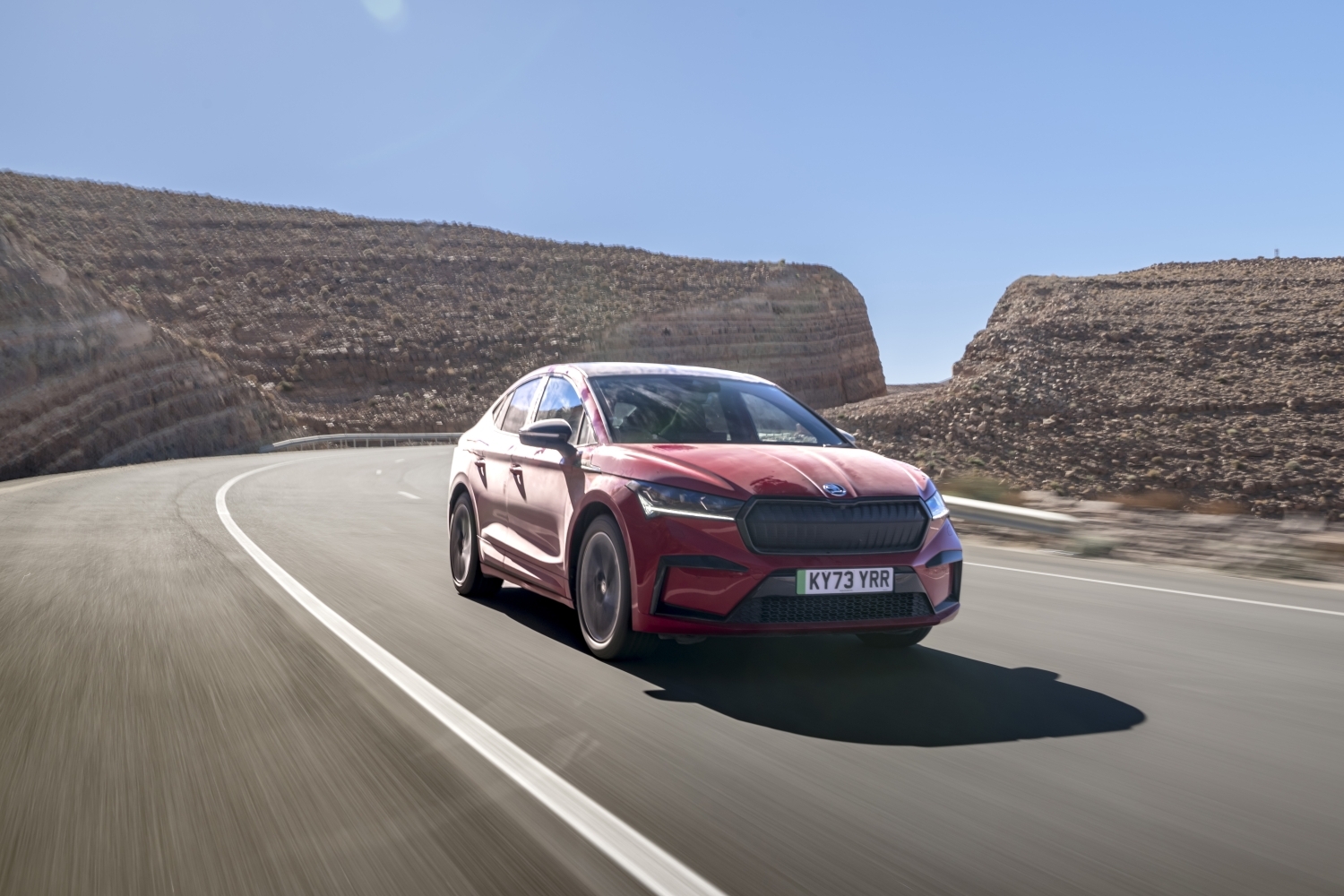
The tarmac sweeps and dives through the landscape. Tour buses start to become more commonplace and the traffic starts to pick up as we weave closer to the final point of our journey – Marrakesh. Something we notice in the Enyaq is the way people detect it while we’re driving through towns – there’s no two-stroke scooter hum to give the Enyaq away as it scythes silently through the more urban areas. Quite often, people are caught unawares by the electric Skoda.
The road begins to dive and the ear-popping commences as the meander towards one of Morocco’s most-known cities continues. It’s during this period that the Enyaq’s regenerative braking really comes into force; using the shifting paddles behind the steering wheel you can tweak how much regen braking you get and how much energy you’re able to feed into the batteries. Understandably, steep inclines see our range creep up ever so slightly but, in the EV game, any extra range is appreciated.

Marrakesh’s famous traffic begins to swarm around us as we head to the city’s Royal golf club to meet up with the rest of those on the drive. It’s not to spot the Enyaqs in between the other cars, though they’re now driving among Range Rovers and Mercedes G Wagens, rather than rolling sand dunes.
The final leg to the airport is an overload for the senses. Traffic comes from all directions; scooters honk and swerve, taxis fight for their places and every now and again a pedestrian wanders right through the moving cars – it’s a superb experience. Fortunately, we arrived at the airport without a scratch to person or car – something that seemed very unlikely 20 minutes prior.
Our drive had taken in a number of breathtaking scenes, contrasted by some of the very latest technology which could transform how electric vehicles are powered up in the future. In fact, a project launched in 2021 looks to link a solar and wind farm based in Morocco to the UK’s grid via undersea cables – so we could all be charging up using Casablanca sunshine very soon.


